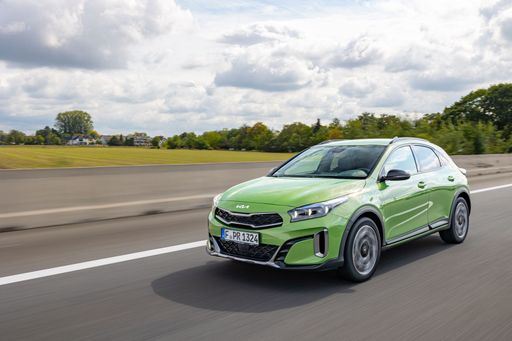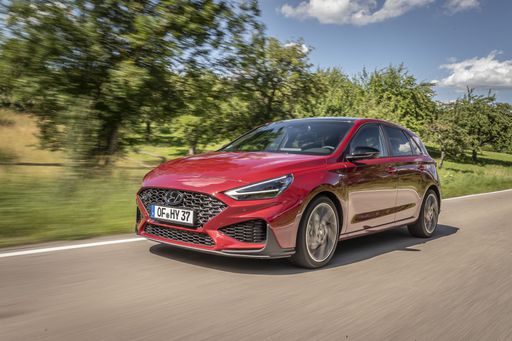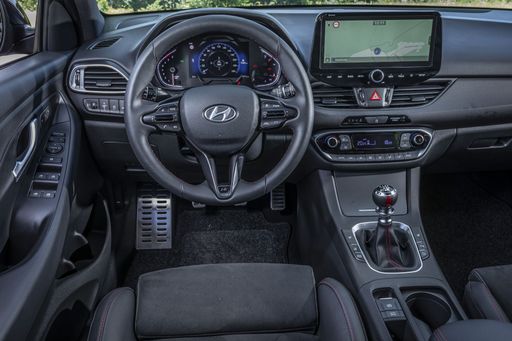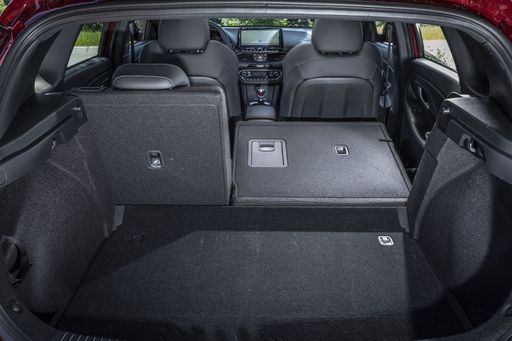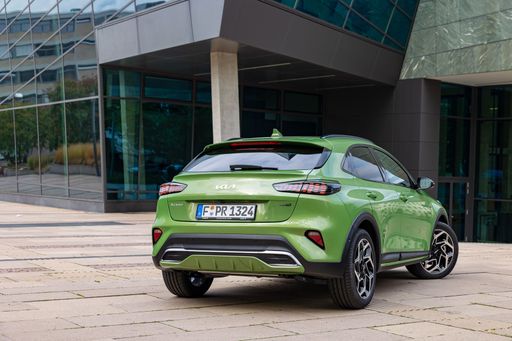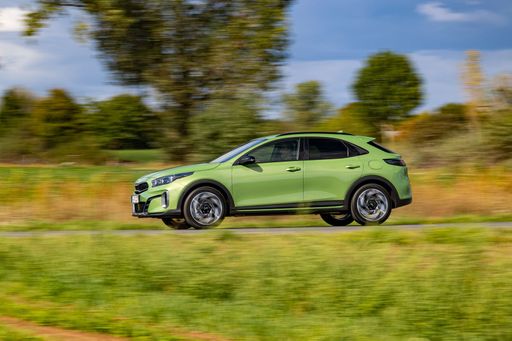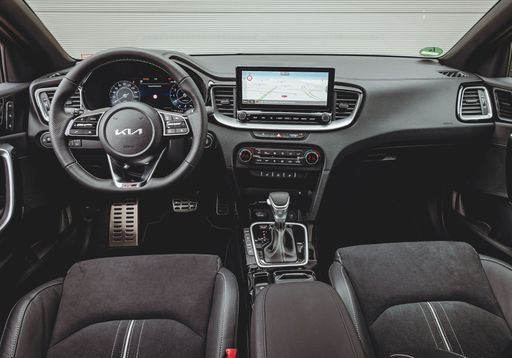Hyundai i30 vs. Kia XCeed: Battle of the Compacts
As the automotive world constantly evolves, the compact car segment continues to be fiercely competitive. In this confrontation, we delve into two prominent figures: the Hyundai i30 and the Kia XCeed. Both 2024 models offer unique features and innovations that highlight the strengths of their respective manufacturers. Let's explore how these two stack up in terms of design, performance, and practicality.

